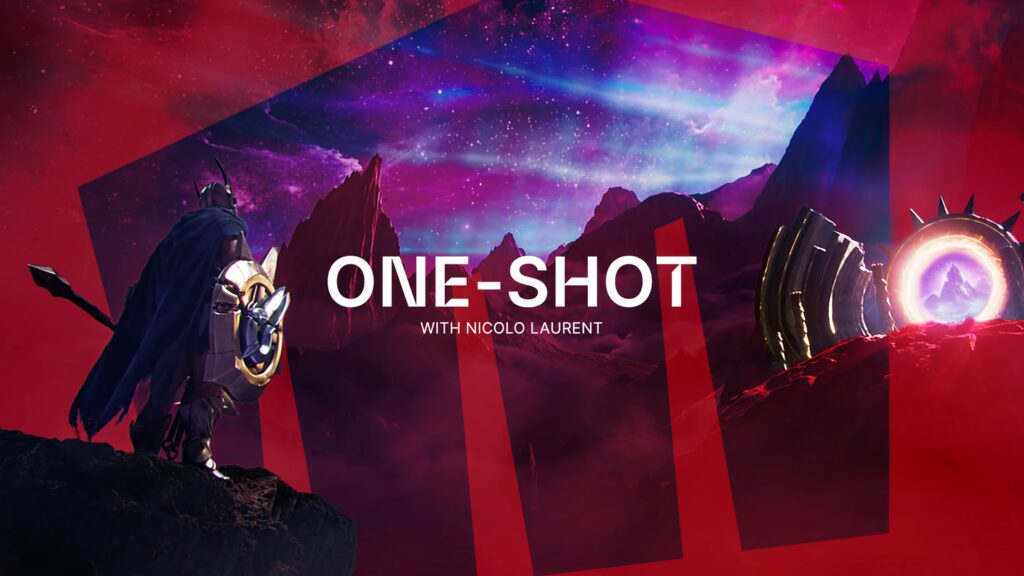Art and animation are crucial ingredients in creating successful video games. Concept art sets the foundation, building player immersion and creating expectations for the game’s atmosphere, characters, and storyline. Visual style and art direction set the visual tone for the game and create an immersive and engaging gaming experience. Character design and animation are important for creating a unique and memorable experience for players. Environments and world building create rich and vibrant game worlds, fostering player exploration. Cutscenes and storytelling use cinematic techniques to create emotional connections between players and characters, elevating the game’s narrative to new levels. Every aspect of game design involving art and animation contributes to a unique and immersive gaming experience.
The Secret Sauce of Successful Games: How Art and Animation Play a Vital Role
Introduction
Creating and releasing a successful video game requires an intricate web of elements that come together in a cohesive and interesting way. Among the many components that make up the recipe for success, art and animation stand out as crucial ingredients. In this article, we’ll take a deeper look at how art and animation play a crucial role in making successful games.
Concept Art and its Importance
The starting point of any game’s journey is its concept art. Concept art is the first visual representation of a game, and it is essential in the creation of a game. Game developers use concept art to create a clear and concise vision for the game’s visual style, setting the groundwork for the later stages of game development. Concept art helps to build player immersion and sets up expectations for the game’s atmosphere, characters, and storyline.
Visual Style and Art Direction
Visual style and art direction are other critical aspects of any successful game. Art direction means setting the visual tone for the game by choosing a particular palette or style to adhere to throughout the game. For instance, games like Cuphead and Ori and the Blind Forest use hand-drawn art to create a unique style that stands out in the gaming world. Visual style also includes creating a color scheme that complements the game’s mood and tone. The visual style and art direction of a game help to create an immersive and engaging gaming experience for players.
Character Design and Animation
Another essential element of making a great game is the character design and animation. The characters in a game are the player’s window into the game’s world; hence, good character design and animation are critical for creating a successful game. Every character in the game needs to have a unique personality and characteristics, which create a compelling and memorable experience for the players. The animation of these characters also plays a vital role in making the player connect with the game’s world. Good animation can bring life to the characters, giving them unique movements and expressions, creating a sense of immersion and helping the player identify with the characters on an emotional level.
Environments and World Building
The environment and world building is yet another critical aspect of game design that involves art and animation. Creating a game world that feels rich and vibrant is essential to the gaming experience. In games like Firewatch and Red Dead Redemption, the environment is an additional character in the game, with its own personality, creating an immersive world that feels alive. The environments also foster player exploration, making players want to explore the game’s world further and discover hidden secrets.
Cutscenes and Storytelling
Cutscenes and storytelling are additional ways that art and animation can make a game more immersive and memorable. Cutscenes are pre-rendered animations that play during moments of significant plot development, highlighting the emotions, drama, and action occurring with a cinematic flair. They help to propel the story forward, creating an emotional connection between the players and the characters. By using cinematic techniques such as camera angles, lighting, and sound, cutscenes elevate the game’s narrative to new levels, creating moments that stick with the players long after the game is over.
Conclusion
In conclusion, art and animation play a crucial role in making successful games. From concept art, character design, and world building to animation, cutscenes, and storytelling, every aspect of game design that involves art and animation contributes to creating a unique and immersive gaming experience. Games offer players the chance to escape into new worlds, interact with fantastic characters, and experience stories that touch the heart. The art and animation of modern games make all of this possible, crafting experiences that stay with players for a lifetime.
